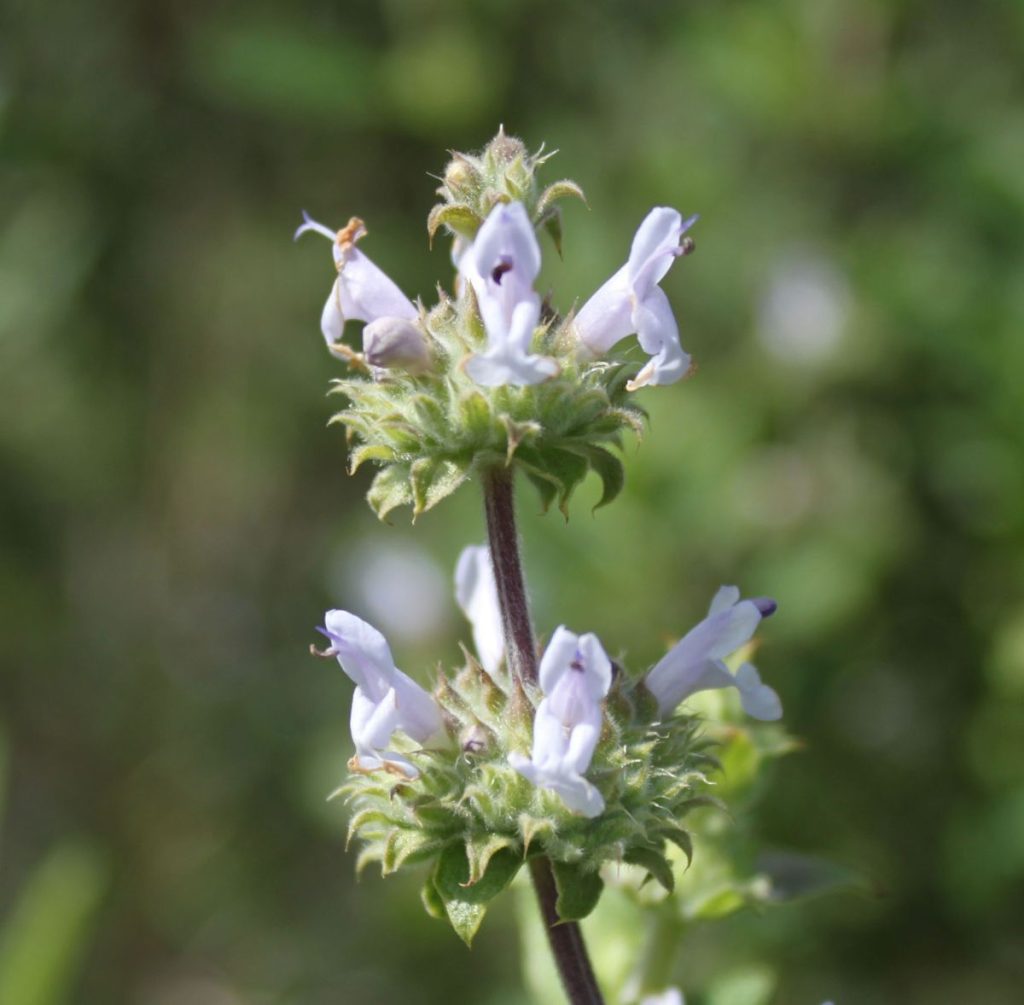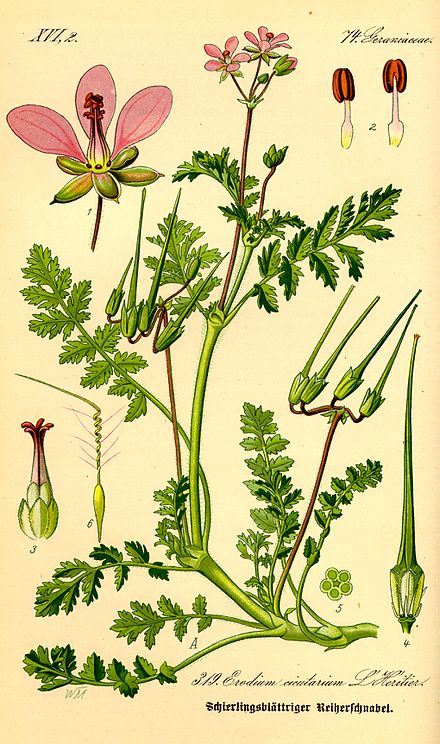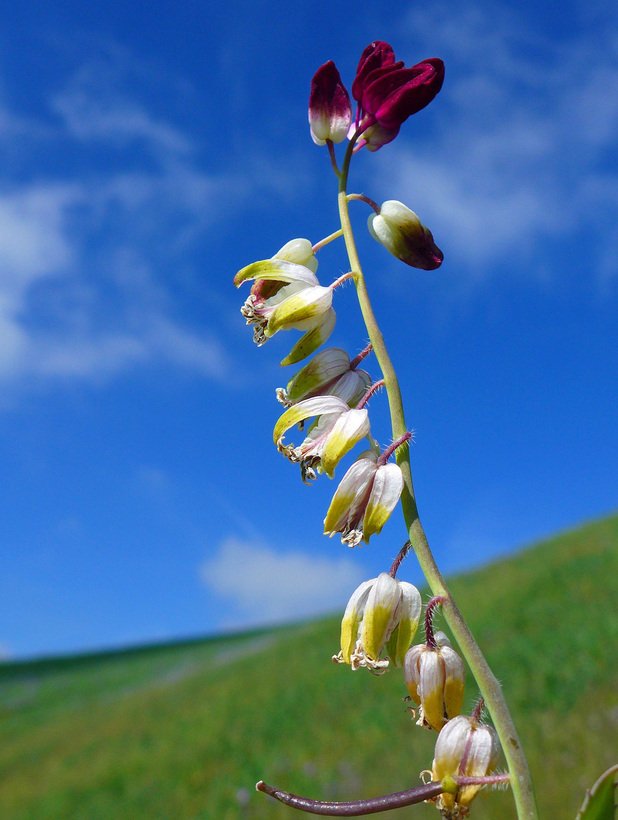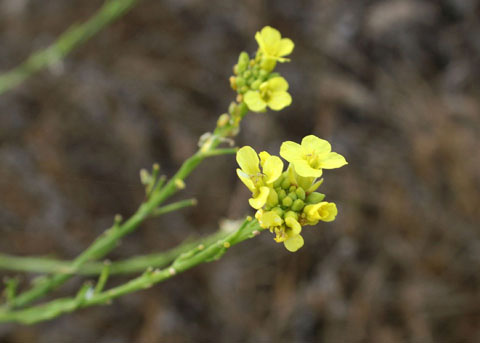
The Alliaceae, or the onion family, has several defining characteristics:
- Bulbous Plants: the presence of bulbs, or underground storage structures. Bulbs contain nutrients and allow plants to survive adverse environmental conditions.
- Onion/Garlic Odor: This odor is due to sulfur compounds present in the plants.
- Herbaceous Perennials: Members of this family do not have woody stems and can persist for multiple growing seasons.
- Linear or Strap-Shaped Leaves: long, linear or strap-shaped leaves arise from the base of the plant and have parallel leaf veins. These leaves can vary in size and shape depending on the species.
- Umbel Inflorescence: The flowers of Alliaceae plants are typically arranged in umbels, which are umbrella-like clusters of small individual flowers. These flowers can be white, pink, or purple, depending on the species.
- Six Petals and Six Stamens: The flowers of Alliaceae typically have six petals and six stamens. The petals are often similar in appearance and arranged in two whorls of three.
- Fruit Capsules: After flowering, Alliaceae plants produce dry, three-chambered capsules that contain the seeds. These capsules split open when mature to release the seeds.
- Edible and Culinary Importance: Onions, garlic, leeks, chives, and shallots are common examples.
- Medicinal and Traditional Uses: Some Alliaceae species, particularly garlic, have been used for their potential medicinal properties, which include antioxidant and antimicrobial effects.
Link to a video showing the characteristics of vegetables in the Alliaceae.







